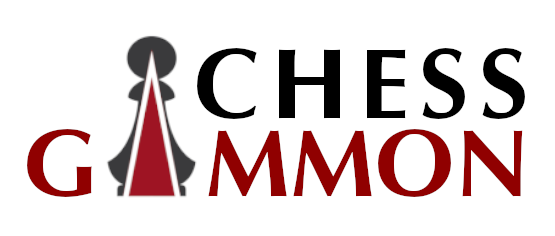Backgammon is a popular board game that combines strategy and luck. While it has standard rules, there are also optional rules that add excitement and strategy to the game. One such rule is the “beaver rule.” As a backgammon retailer, we want to provide valuable information to our readers about this intriguing rule.
- Origins of the Beaver Rule
- How the Beaver Rule Works
- Strategic Considerations for Using the Beaver Rule
- Conclusion
Origins of the Beaver Rule
The beaver rule is not a standard rule in backgammon but is often used in informal games or friendly matches. It is believed to have originated in the backgammon community as a creative way to spice up the game. The name “beaver” likely comes from the idea of a player “biting back” at their opponent’s doubling attempt. This optional rule has gained popularity among skilled players looking for strategic opportunities to turn the game in their favour.
How the Beaver Rule Works
The beaver rule comes into play when a player is doubled in a game. Instead of just accepting the double and losing the game, the doubled player has the option to “beaver” by immediately redoubling the cube to a higher level. This can be a surprising move that catches the original doubler off-guard and allows the doubled player to maintain control of the cube and potentially turn the tables on their opponent. The original doubler then has the option to accept or decline the beaver. If they decline, they forfeit the game, but if they accept, the game continues at the higher stakes.
Strategic Considerations for Using the Beaver Rule
Using the beaver rule can be a risky move. It increases the stakes and can potentially result in a larger loss if the player’s position deteriorates. However, it can also be a powerful tool in skilled players’ hands to gain an advantage. It’s important to carefully evaluate the game state, opponent’s skill level, and risk tolerance before deciding to use the beaver rule. Some strategic considerations for using the beaver rule include having a strong position on the board, favourable roll distribution, or wanting to put pressure on the opponent. Timing and judgment play a crucial role in successfully employing this optional rule.
Conclusion
The beaver rule in backgammon is an exciting and strategic optional rule that can add an extra layer of intrigue to the game. While it’s not a standard rule, it’s often used in informal games or friendly matches among skilled players. As a backgammon retailer, we encourage players to explore the beaver rule in their games for added excitement and strategic opportunities. Don’t hesitate to check out our backgammon products and start incorporating this optional rule into your games to elevate your backgammon experience!
How to Play Backgammon?
Have you read our article on how to play backgammon? Click Here





